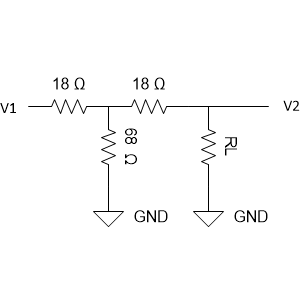Hello,
I have a customer working on a sensor and want to use this PLL for 24 GHz RF frequency.
Question:
On the schematic, it is recommended that VCO is connected to VCO/DIV by an 18Ω resistor. Can you explain what purpose it serves? VCO/DIV pin will carry high frequency signal (1.5 GHz in my case) and CPout will output low frequency signal that controls VCO.
Thanks,
Kevin



